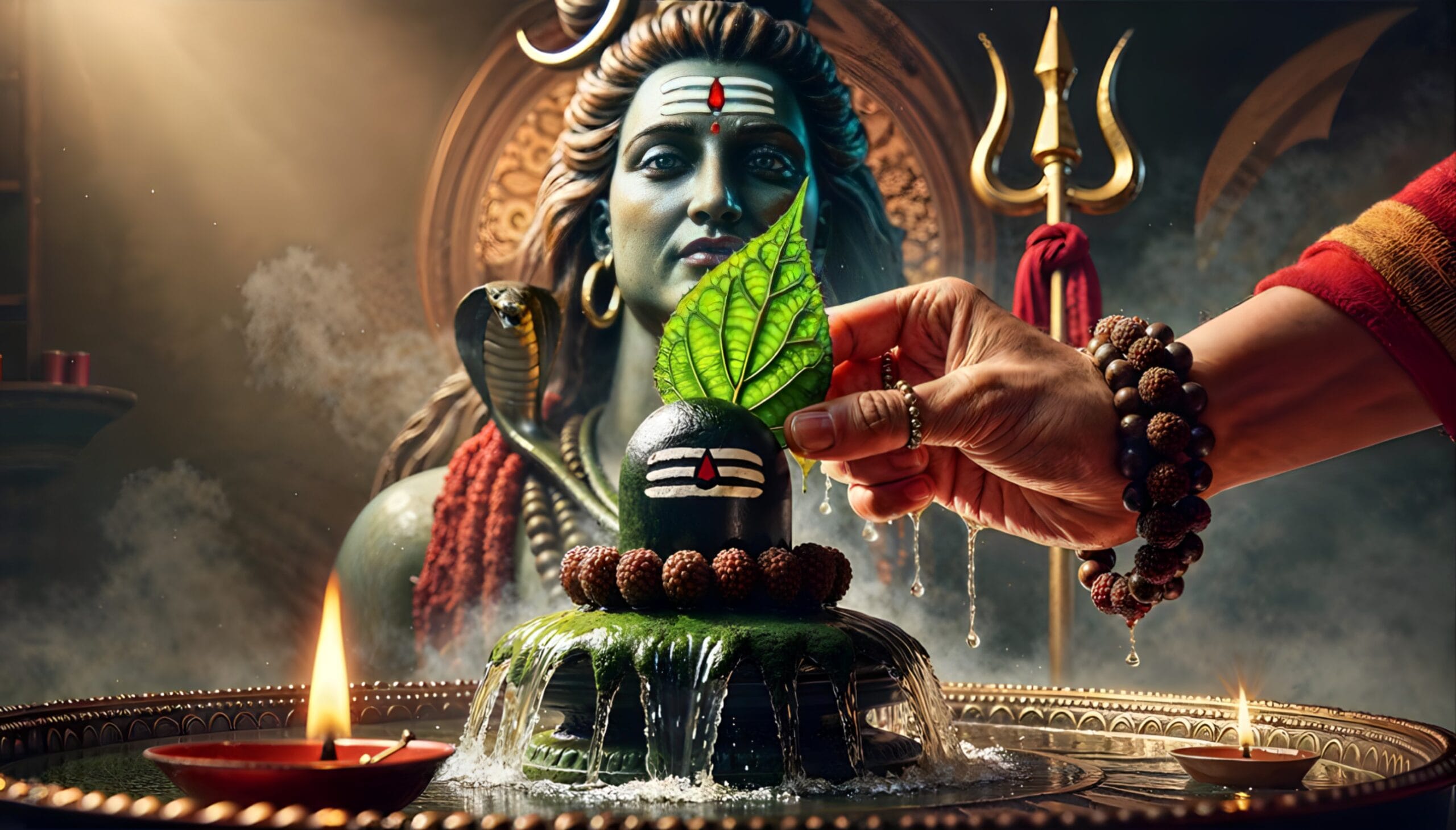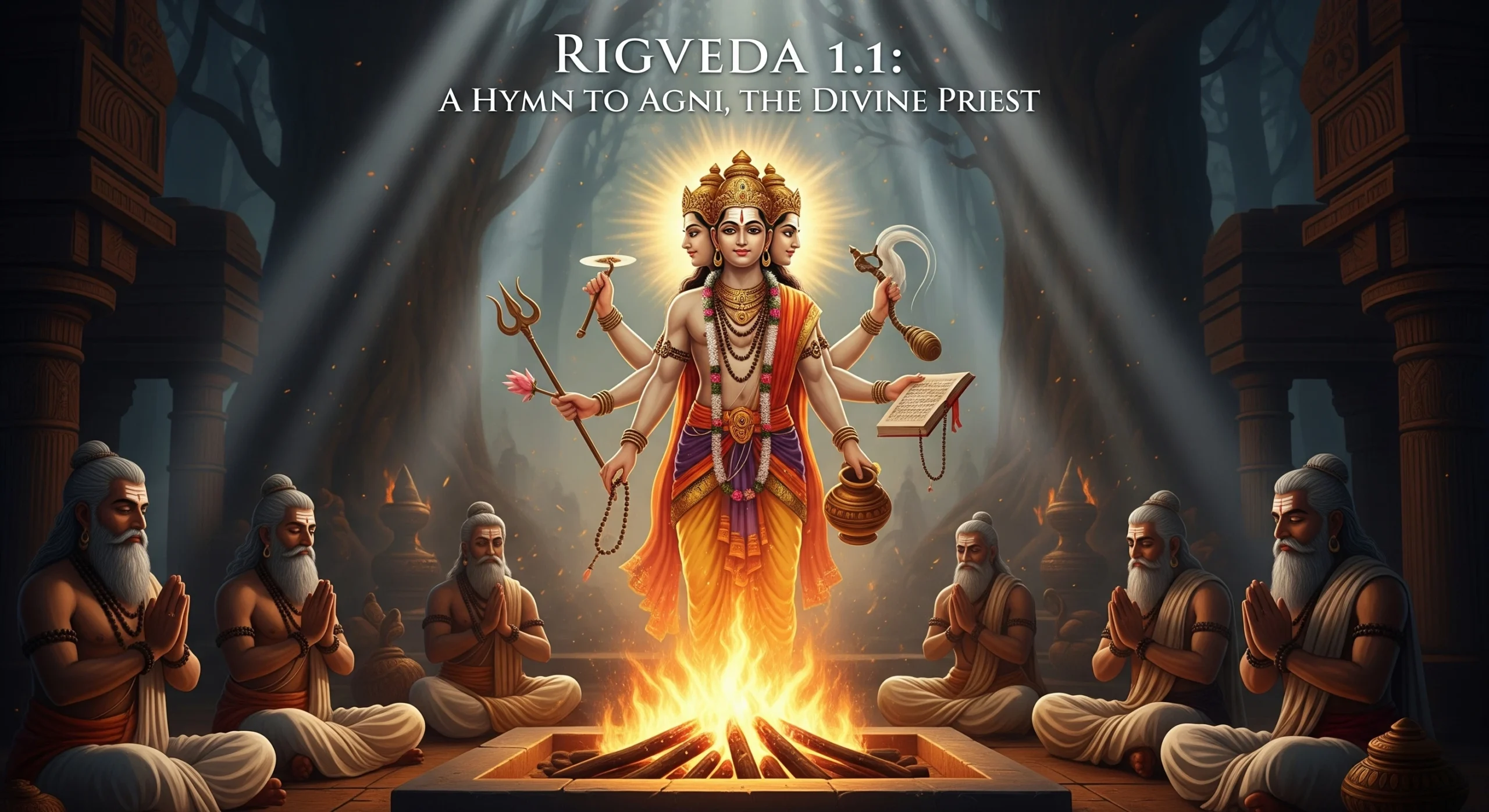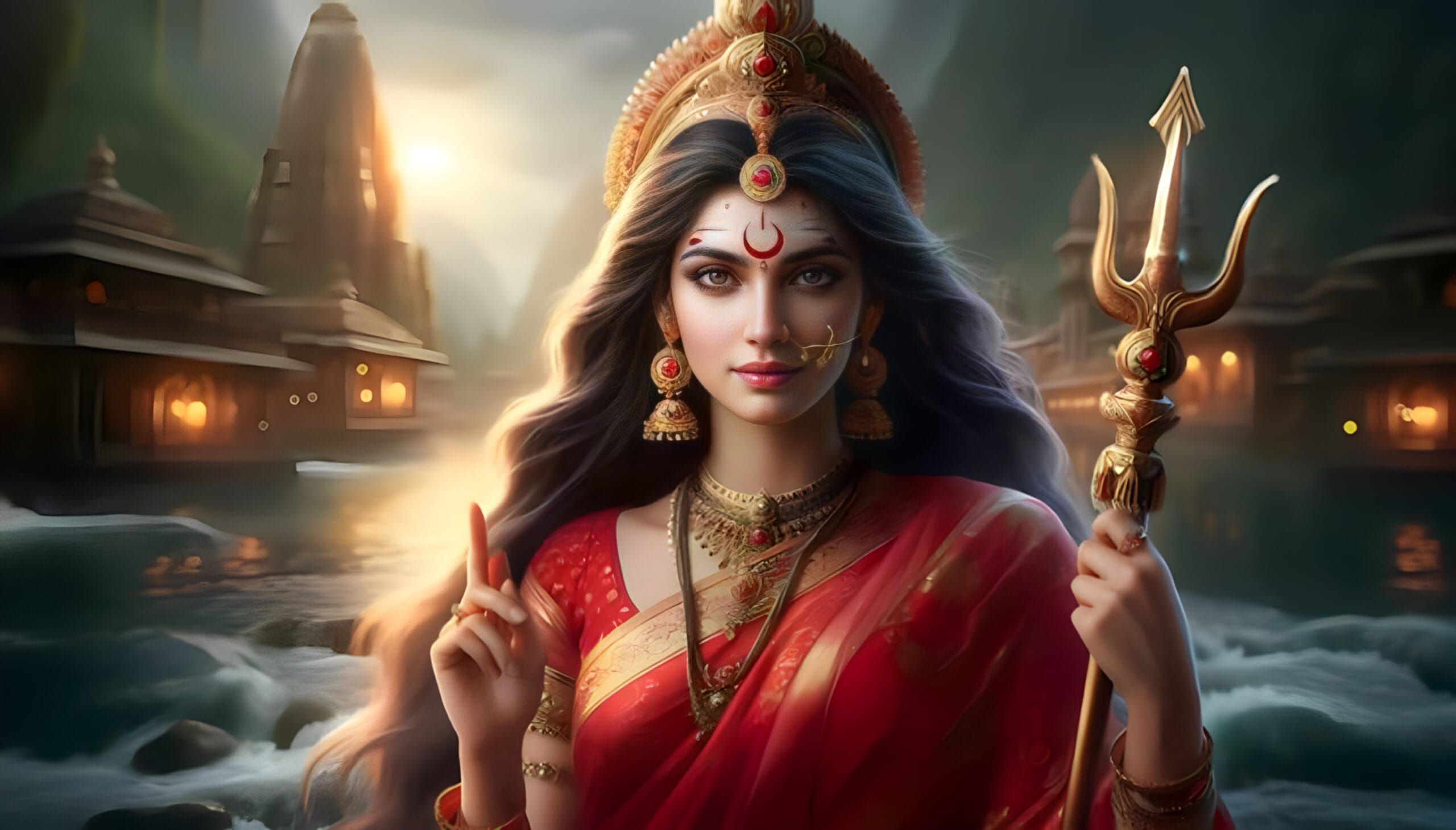Have you ever looked at a Shivling and wondered, why this shape? Why don’t we worship Lord Shiva in a statue with eyes, hands, or a human form like other gods? Some people bow with deep devotion, while others feel confused or unsure about what it really means.
It does seem unusual, right? One of the most powerful and loved gods in Hinduism, Lord Shiva, is worshipped not in a big, detailed image but in a quiet, simple stone. For some, it feels spiritual and for others, it may feel strange or hard to understand. But behind this simple form is a story that is deep, ancient, and beautiful. A story that can touch your heart if you’re open to it.

This blog isn’t just here to answer a question. It’s about remembering the truth. A truth about creation, pride and the energy that runs this entire universe. And once you learn why Lord Shiva is worshipped in this form, it may change the way you see the divine, forever.
Let’s travel back to where it all began with vedic stories.
The Story Behind Shivling
The story begins in a time when even time itself did not exist and creation had not yet begun. There were no stars, no planets, just a vast, silent darkness. From this cosmic stillness, two divine beings appeared: Lord Brahma and Lord Vishnu but neither of them knew where they came from or how they were born.
Soon, a question arose between them: “Who is greater? Who created this universe?” Their discussion slowly turned into a heated argument and their ego began to cloud their wisdom. Just as they were about to clash, something extraordinary happened.

The universe shook and a massive pillar of light appeared before them. It was blinding, endless and filled with energy. It reached high into the skies and deep into the unknown. Both Brahma and Vishnu were stunned, but to decide who was truly supreme, they agreed on a challenge: whoever could find the end of this pillar would be declared the greatest.
Vishnu took the form of a boar and dived deep into the cosmic waters to find the bottom. Brahma transformed into a swan and flew upward to find the top. They searched for thousands of years. Vishnu went deeper and deeper, but there was no base. Brahma flew higher and higher, but he could not find the top. In the end, both returned to the point where they started their journey.
Lord Brahma and Lord Vishnu both were tired and humbled. They had discovered a truth that this pillar had no beginning and no end. It was infinite. Then, from within that glowing light, a sacred sound echoed- “Om.” Slowly, A peaceful and radiant figure of Lord Shiva appeared from the light. He did not come to show off power, but to teach a deep lesson that the Supreme cannot be measured, It cannot be found through ego and It has no form. And then, with a gentle smile, Shiva said, “I am the Supreme.”
That pillar of light was the first Shivling, a symbol of the eternal truth that has no shape, no gender, no limit. It is not just a stone or fire. It is the pure, formless existence itself.
Also Read: The Divine Story of Ardhanarishvara: Shiva and Shakti Separation
Why We Worship Shivling ?
After this divine event, the gods and sages understood that the Shiva Linga is not just a physical object. It is a symbol of the formless Supreme, a reminder that something greater exists beyond all names, forms and limits. In temples, when the Linga is placed on the Yoni base, it’s not just a design or decoration. It represents the perfect balance of masculine and feminine energies. The same energies that create, sustain, and dissolve the universe.
As time passed, Lord Shiva manifested himself in 12 powerful forms called Jyotirlingas across India, like Kashi Vishwanath, Somnath, Kedarnath and Rameshwaram. These temples are not ordinary places, they are centers of immense spiritual energy, where devotees can deeply feel Shiva’s presence.

Even mighty warriors like Veerabhadra, born from Shiva’s anger, bowed down before the Shivling. Many stories tell how even animals and birds received salvation by unknowingly serving it. In one such story, a bird used to sweep the ground near a Shiva temple without realizing its act. In her next life, she was born as Princess Sundari, who lovingly cleaned the temple floor every day with her hands. Her selfless service became a true example of devotion.
Today, many people worship Shivling at home. Some choose crystal Shivlings, silver Shivlings or Narmadeshwar Shivlings, which are easily available online. Devotees also look for special types like the Spatika Lingam (crystal lingam), Parad Shivling (made of mercury) or Ardhnarishwar Narmadeshwar Shivling to bring peace, power, and divine blessings into their lives.
What is a Shiving?
The word Linga in Sanskrit means a ‘sign’ or ‘mark’ – something that shows a deeper truth. It is not Lord Shiva’s body. It is a symbol of his presence and energy that exists in everything. The Shvetashvatara Upanishad says that Shiva is beyond form, he has no shape or limit.
So, when we worship the linga, we are not praying to a statue. We are worshipping the infinite, the one who has no form but is behind all creation. The linga is placed on a circular base called the yoni. This shows the union of Shiva and Shakti, the balance of masculine and feminine energies. This union is the source of all creation.
Also Read: How Nandi Saved Shiva from Halahala During Samudra Manthan?
Conclusion
Worshipping the Shivling is not just a ritual, It’s a journey inward. It reminds us of the formless truth that lives within each of us. When you offer water, chant “Om Namah Shivaya,” or sit quietly in meditation, you are not just performing an act. You are connecting to the eternal presence.

In a world filled with noise and distractions, the Shivlinga guides us back to stillness, simplicity and our true self. It does not ask to be understood by the mind, It asks to be felt by the heart. Through its silence, it speaks. Through its shape, it shows the formless.
That is why millions bow before it. Not because it is a stone, but because it holds the infinite within. Shiva is not far away. He lives within us – silent, formless, and ever present. May Lord Shiva awaken the light within you, destroy all darkness and fill your soul with peace and power – ‘Om Namah Shivaya‘.
Till then, keep reading Vedic Stories.















